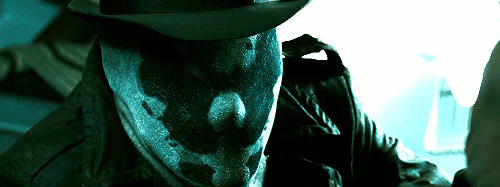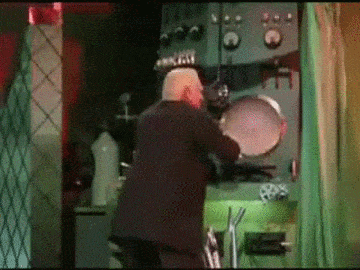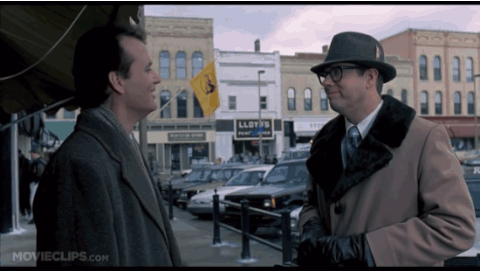
Credit: http://www.freeimages.com/
“If he knows one thing, it’s that we don’t know much of anything…” (speaking of myself in the third person)
Forcing oneself to distill their essence down to one phrase, one sentence, one thing…that can be a tough thing for any one of us to do. Despite this sentiment being fairly universal we actually practice it every single day, only in this scenario, we have no qualms with doing so. Wondering why this might be true despite my previous assertion? Well, in short, here’s the answer: we do it to others all the time.
Whether in person, through a third person behind another’s back, or, most commonly, over social media, we make judgements and distillations about other beings constantly. This isn’t necessarily bad or malicious (my goal in this post is to literally do the same to myself), but as more of a natural function of social interaction; however, this can be easily informed by our personal biases and anecdotal experience above all else.
What I’m getting at via my basic understanding of the nature of reducing people to a particular sentence is that I didn’t personally acknowledge it until recently. Probably up until Senior year of high school, I have (admittedly, naively) assumed that others around me must certainly appreciate the amount of stock I have in considering my whole, complex identity. As I became an increasingly bigger fish in a slowly shrinking social pond (i.e. becoming an upperclassmen, fighting to hold onto the familiarity of high school, etc), I would come to realize that without my physical presence holding my complexity and entirety behind, I wouldn’t have the chance for others to truly understand me. Somewhat begrudgingly, I would shift my focus more towards creating a personal legacy for myself in society, almost as though I expect death to come knocking and wish to live on via lineage and story. I would realize, more concretely as part of this blog additionally, that this personal sentence would be the next best thing.
All throughout my high school journey, one term that has stuck out and continues to resonate with me is the Jesuit concept of “radical equality,” which speaks to the universal equality we share with every person irrespective of any number of the socio-economic, race/ethnic, and cultural borders that seemingly “divide” us. While most times this concept is attributed to more pressing contexts regarding widespread societal issues, I believe it can also be applied to this more microcosmic issue of distilling oneself down to a sentence.
I have concluded that each of us faces this paradox of wishing for others to see the complexity in those things we hold personal while at the same time seeing no reason to do the same for others. And therein I found it, my sentence! We are truly equal in our laziness to reduce others to some specific notion. My sentence encapsulates my realization of this, and I work every day to not make these preconceived judgements, these reductions in identity of others, especially when I can’t seem to do the same to myself. I guess I live my own rendition of the “Golden Rule” in this sense. We all deserve more, but it’s a fact in my book that we more often than not choose simplification over complexity.






